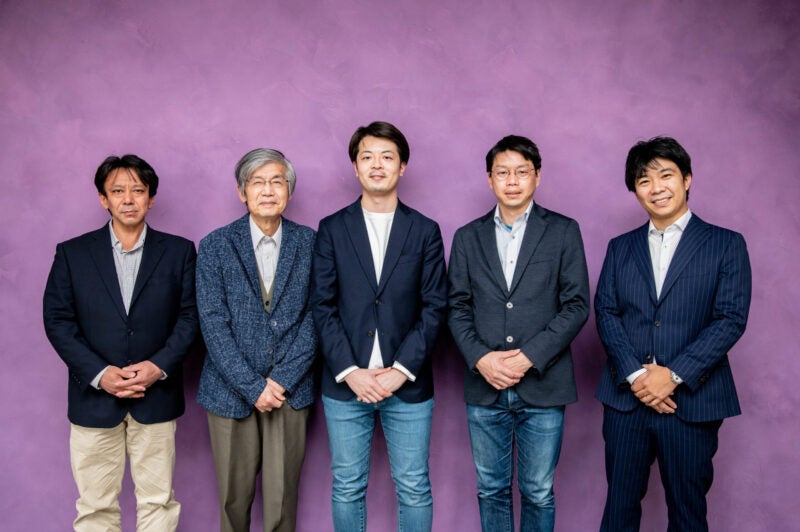
EX-Fusion, a Japanese nuclear fusion company, has revealed raising JPY130m ($1m) in a pre-seed round for commercialising laser-based fusion energy.
The pre-seed round was led by Tokyo-based venture capital firm ANRI alongside Osaka University Venture Capital (OUVC).
Laser fusion involves generating energy by employing a high power laser to compress a blend of deuterium and tritium to high density, and heat it to a high temperature to trigger a nuclear fusion reaction.
ANRI partner Masahiro Sameshima said: “Investment in fusion ventures is accelerating around the world toward the realisation of fusion technology, and Japan is lagging far behind in terms of the amount of funds raised. However, we are not pessimistic about this, and are determined to help refine EX-Fusion’s original technology and prove that we can compete on the world stage.
“Furthermore, we hope to apply this laser technology to various fields such as processing of metal materials and semiconductor manufacturing.”
With the funding, EX-Fusion expects to speed up the development of the continuous target supply system (CTSS) as well as the laser target tracking system (LTTS). The two systems are fundamental for commercialising laser-powered nuclear fusion reactors, said the Japanese start-up.
By combining CTSS and LTTS, EX-Fusion wants to showcase the viability of high frequency repetition laser plasma experiments with the help of high power pulse lasers. The company also aims to demonstrate the ability to produce neutrons continuously in sequential laser fusion reactions.
EX-Fusion co-founder Kazuki Matsuo said: “We believe that nuclear fusion is the solution for meeting our global energy needs and helping the world reach carbon neutrality by 2050.
“And by focusing our research and development around the fundamental technology related to commercial operation of laser-based nuclear fusion, we can achieve safe and affordable clean energy faster.
“This initial funding will kick start our efforts to build the two systems, continuous target supply system and laser target tracking system, which will prove that continuous target injection as well as laser targeting can be achieved at or above 10Hz.”
EX-Fusion said that it is working with the Institute of Laser Engineering (ILE) at Osaka University and the Graduate School for the Creation of New Photonics Industries (GPI) along with various private sector firm for developing its technologies.
With ILE, EX-Fusion has a joint development project, which involves the development of the CTSS. The project is expected to enable the continuous, consistent, and congruent placing of material targets inside the fusion reaction chamber against the high powered pulse laser system.
EX-Fusion’s collaboration with GPI will focus on developing the LTTS. This will enable real-time alignment of various lasers so that energy can be directed at maximum efficiency towards the reactor target.


